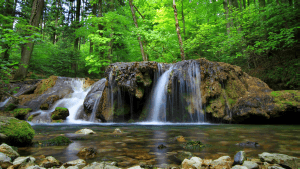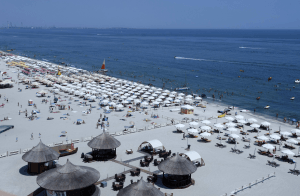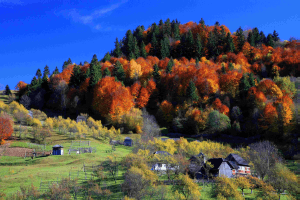History
During the Middle Ages, the Hungarian Kings’ policy of colonizing Transylvania led to the population of the Carpathian Bend between the 11th and 13th century by Germans. The same thing happened in the basin of the Târnava Mare River, where the initial vanguard of the Hungarian royalty, the Szekely, had settled before the Saxon population.
Mediaș was attested in 1267 under the name Mediesy. Different names were given to the town in the following years, depending on the epoch and the language the document was drafted in: Medies, Medgyes, Medyesch, Medwisch, etc.
The Turkish invasion in Transylvania between 1437 and 1438 led to a pronounced economic and demographic fall of the Medias Citadel. Under constant Turkish threat, the villages and small towns turned to fortifying the churches between the 15th and 15th century, not being able to defend on their own long defense walls. The same case applies to Mediaș, which in a first phase, in the middle of the 14th century, erects defense walls with two towers. After 1400 the existing walls are heightened and reinforced by adding three towers, connected through rings and water moats in order to protect St. Margaret’s Church. This ensemble of fortifications will be known as “castle”, from the Latin castellum, which stands for a fortified place, a redoubt, a fortress, first being attested in 1450.
"Civitas Mediensis" preserved its historic past in the 17 towers and bastions, walls centuries over 7 metres tall, three main gates and four side access to the old city.
[Source: mediasturism.ro]
 Authentic Romania
Authentic Romania Our Specials
Our Specials City Breaks
City Breaks











.png)


















